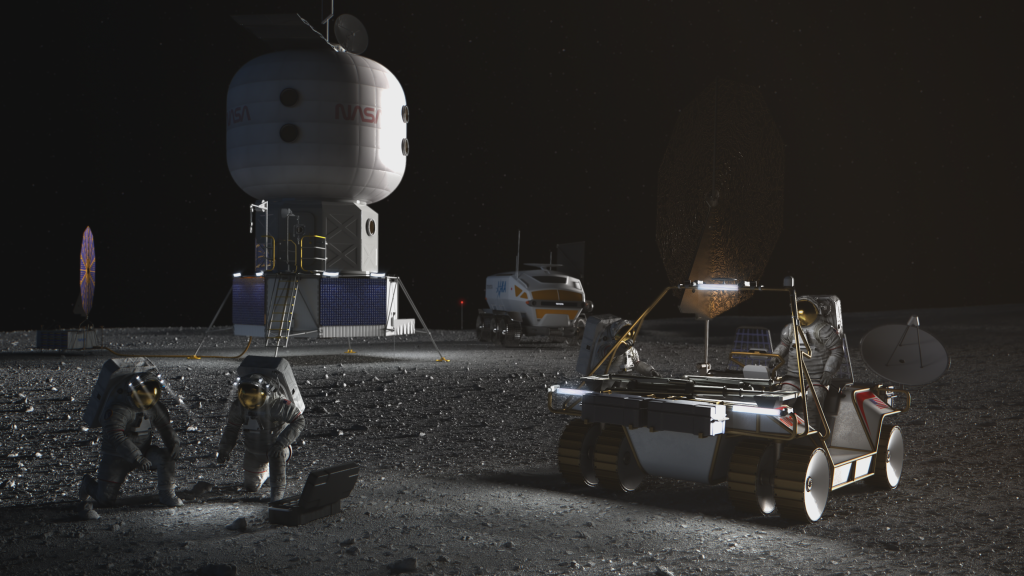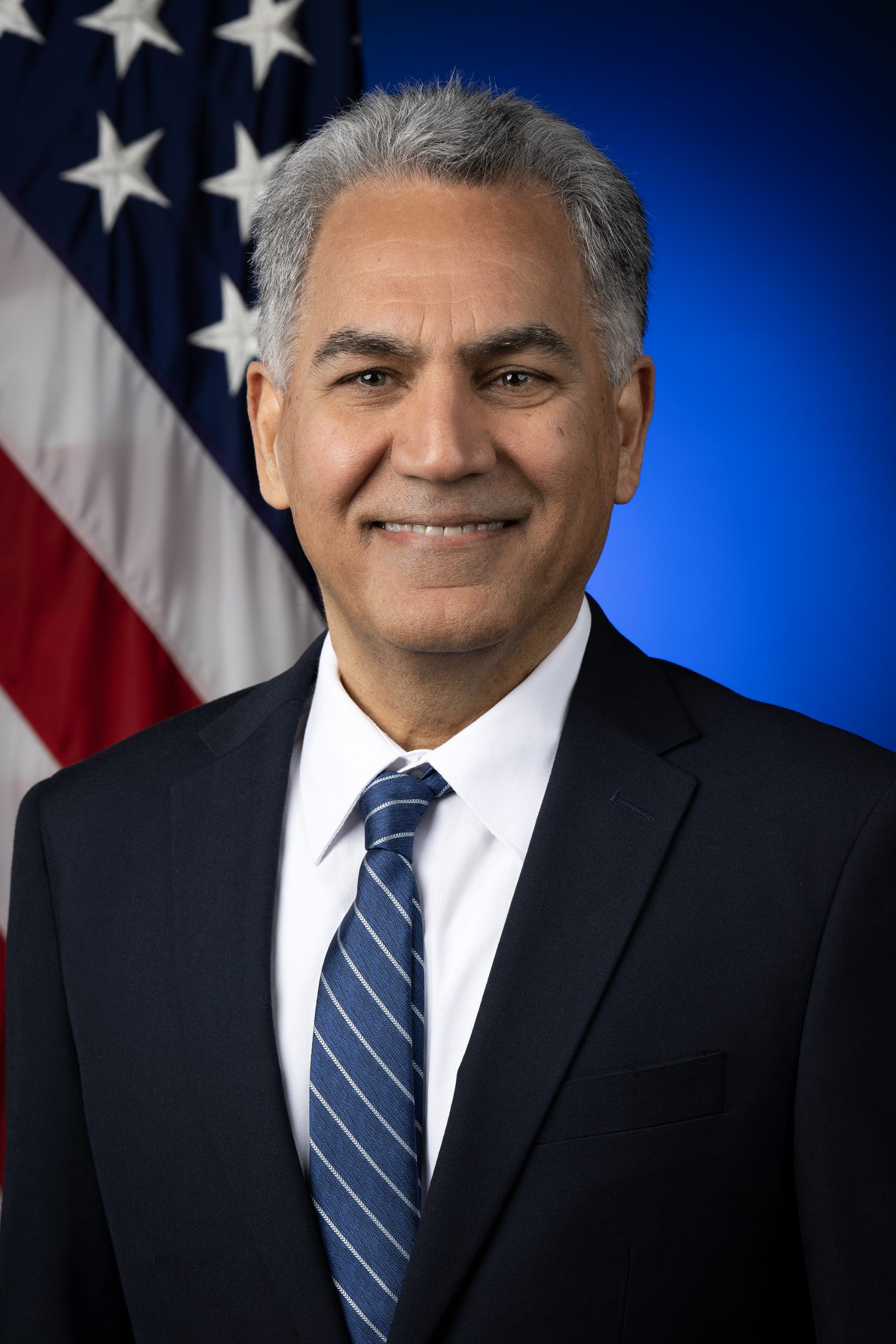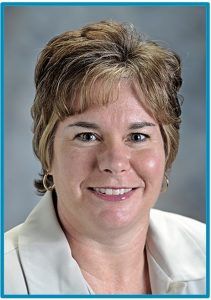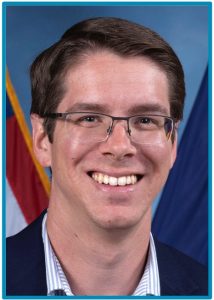
Challenge Summary
Through the 2024 HuLC competition, NASA’s Human Landing System (HLS) Program provides college students the opportunity to explore innovations and potential solutions to lunar Plume-Surface Interaction (PSI) risks and challenges.
NASA’s HLS Program is responsible for the transportation in deep space to carry humans to and from the surface of the Moon for NASA’s Artemis lunar exploration program. Crews will board the HLS in lunar orbit and descend to the surface where they will collect samples, perform science experiments, and observe the lunar environment before returning to orbit in the HLS.
To land large payloads on the Moon, the HLS uses rocket engines for descent, landing, and ascent. High-velocity dust ejected by descent engine exhaust can cause damage to a lander, as well as nearby surface assets. When the plumes interact with the lunar regolith, surface erosion and cratering begin, and the interaction produces high-speed ejecta. The lofted regolith and high velocity ejecta can reduce visibility of sensors and optics, sandblast nearby landed assets, and erode the surface around the vehicle. These interactions between the plume(s), surface, erosion, and ejecta are termed Plume-Surface Interaction (PSI), and understanding and mitigating PSI effects are critical for safe landings and sustainable exploration on the Moon.
Teams are invited to submit proposals for innovative, systems-level solutions to understand, mitigate, and manage the impacts of lunar PSI that can be implemented within 3-5 years. The potential solutions teams can propose to could include, but are not limited to, the following categories:
- Trade Studies on Landing Trajectories that Minimize PSI
- Reduction / Mitigation of Erosion (Cratering) and Ejecta during Descent, Landing, and Ascent
- Development of PSI Flight Instrumentation / Measurement Methods and Concepts
- Tracking Dust During Descent, Landing, and Ascent
- Instrumentation Performance Through the Dust Cloud During Landing
- HLS Asset Safety (ejecta damage, excessive lander heating, etc.)
- PSI Modeling and Validation
This is only a brief excerpt of the 2024 HuLC Competition.
Please read the full 2024 Challenge Summary and Guidelines Documents by clicking the buttons below.
Deadline: Now rolling until March 4, 2024
Not Required to Submit a Proposal
DATES & Deadlines
| Date | Description |
|---|---|
| Wed., April 19, 2023 Noon EST | Deadline for teams to submit questions in advance for Q&A Session #1 |
| Fri., April 28, 2023 2:00 – 3:30 p.m. EST | Q&A Session #1 |
| Now rolling until March 4, 2024! | Notice of Intent (NOI) Deadline (Not Required to submit a Proposal) |
| Tues., October 31, 2023 Noon EST | Deadline for teams to submit questions in advance for Q&A Session #2 |
| Wed., November 8, 2023 2:00 – 3:30 p.m. EDT | Q&A Session #2 |
| Monday, March 4, 2024 11:59 PM ET (midnight) | Proposal & Video Submission Deadline |
| Fri., March 29, 2024 | Teams are notified of their selection status |
| Mon., May 20, 2024 | Deadline to register and pay for the HuLC Competition Forum |
| Thurs., May 24, 2024 | Deadline to Reserve Hotel Rooms at HuLC Group Rate |
| Wed., June 5, 2024 | Technical Paper Submission Deadline |
| Mon., June 24, 2024 Noon EST | Presentation & Digital Poster Files Submission Deadline |
| Mon., June 24, 2024 Time TBD | Team Check-in at the HuLC Forum |
| June 25-27, 2024 | Human Lander Challenge Forum in Huntsville, Alabama |






 Lora Dishongh
Lora Dishongh
 Samantha Harris
Samantha Harris Jamshid Samareh
Jamshid Samareh Ashley Korzun
Ashley Korzun Matt Simon
Matt Simon Michelle Munk
Michelle Munk Philip Metzger
Philip Metzger Manish Mehta
Manish Mehta Mark Lewis
Mark Lewis Wesley Chambers
Wesley Chambers Esther Lee
Esther Lee